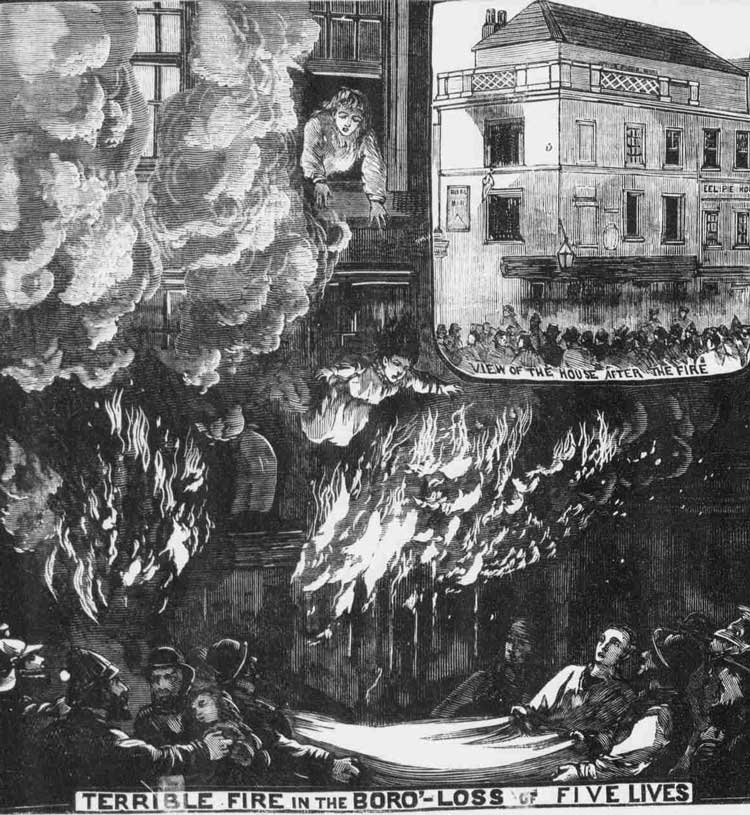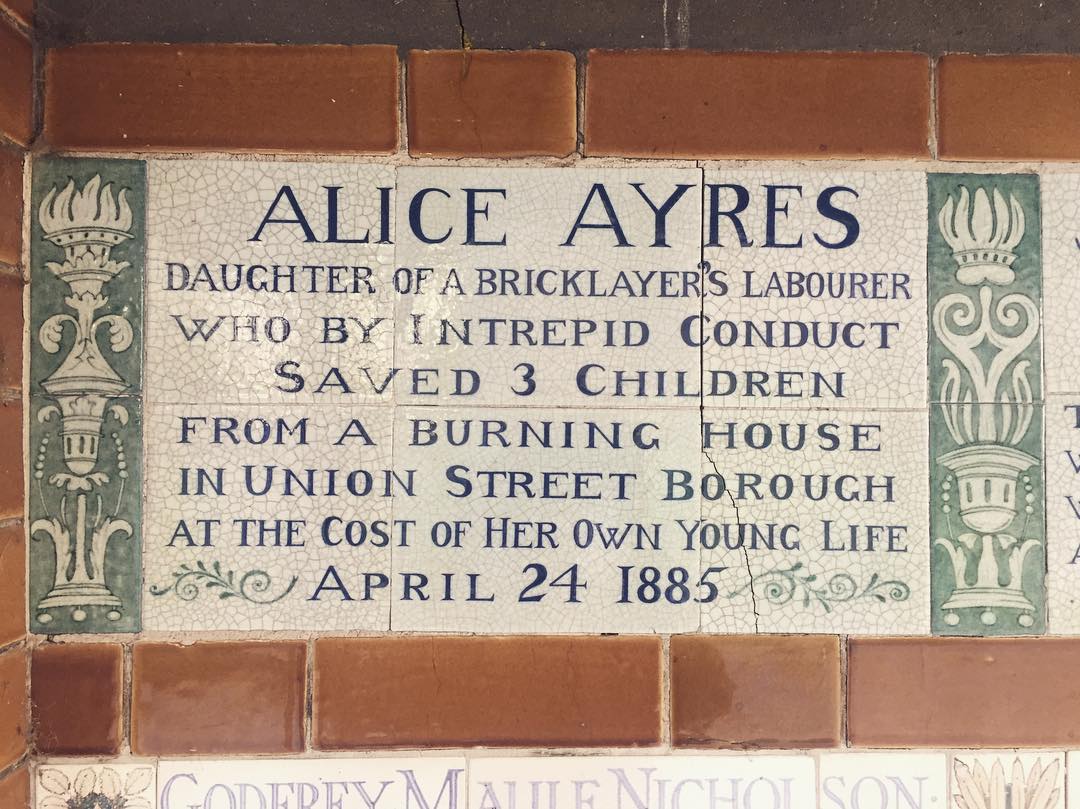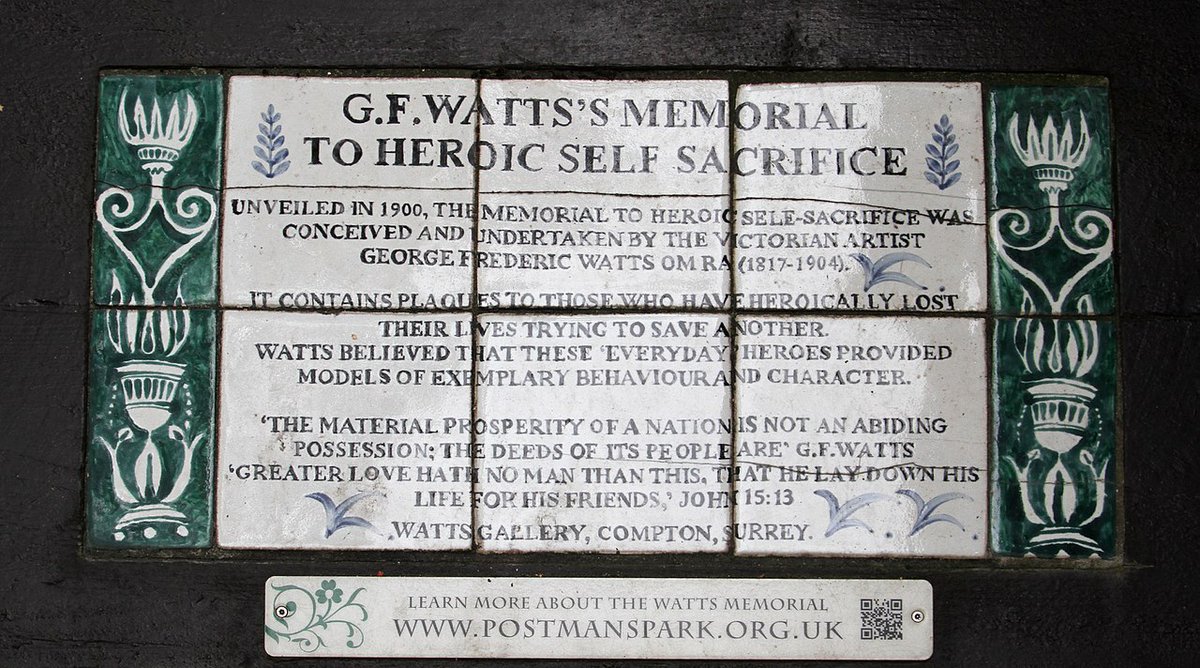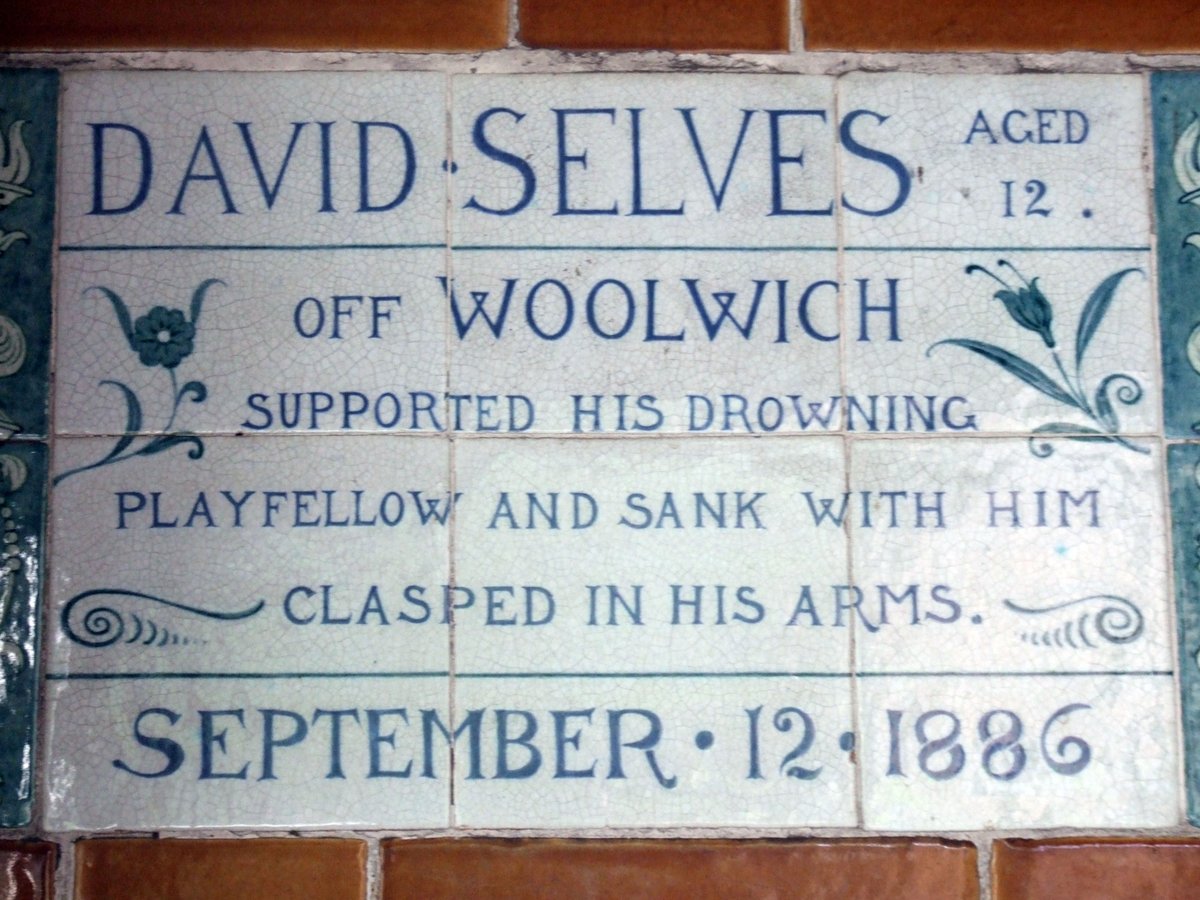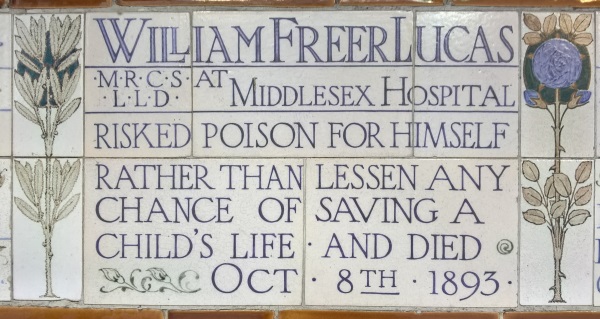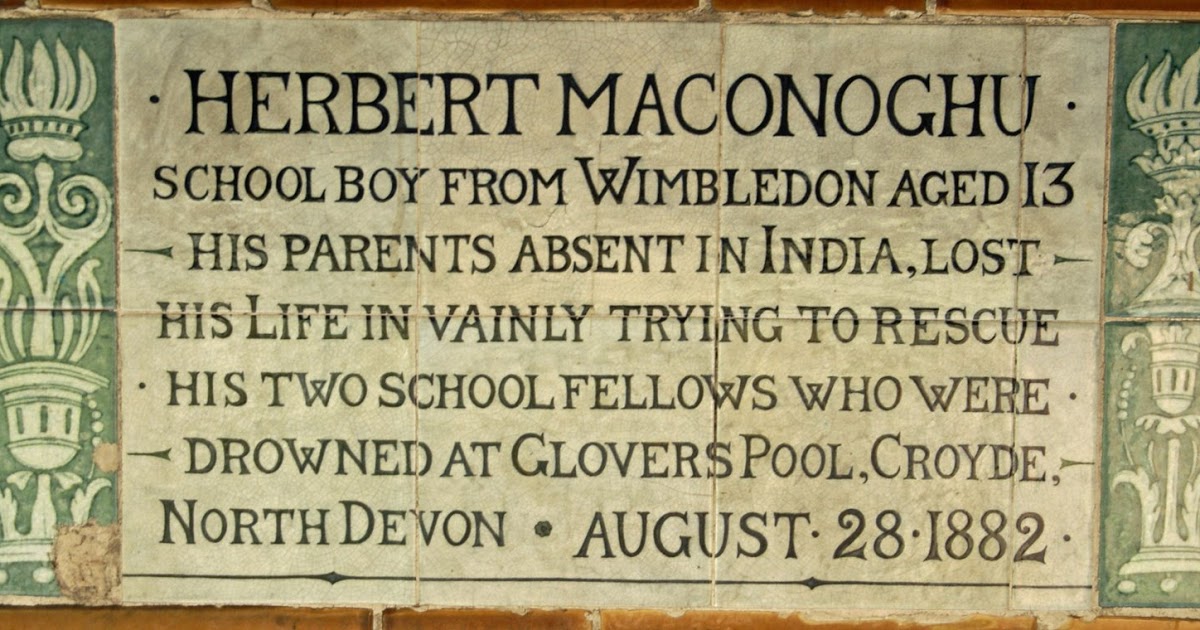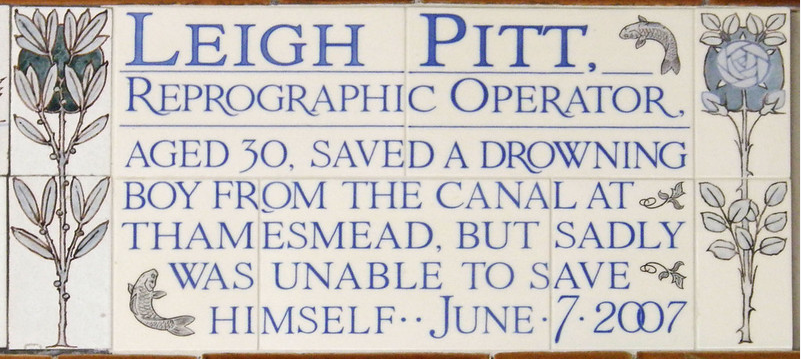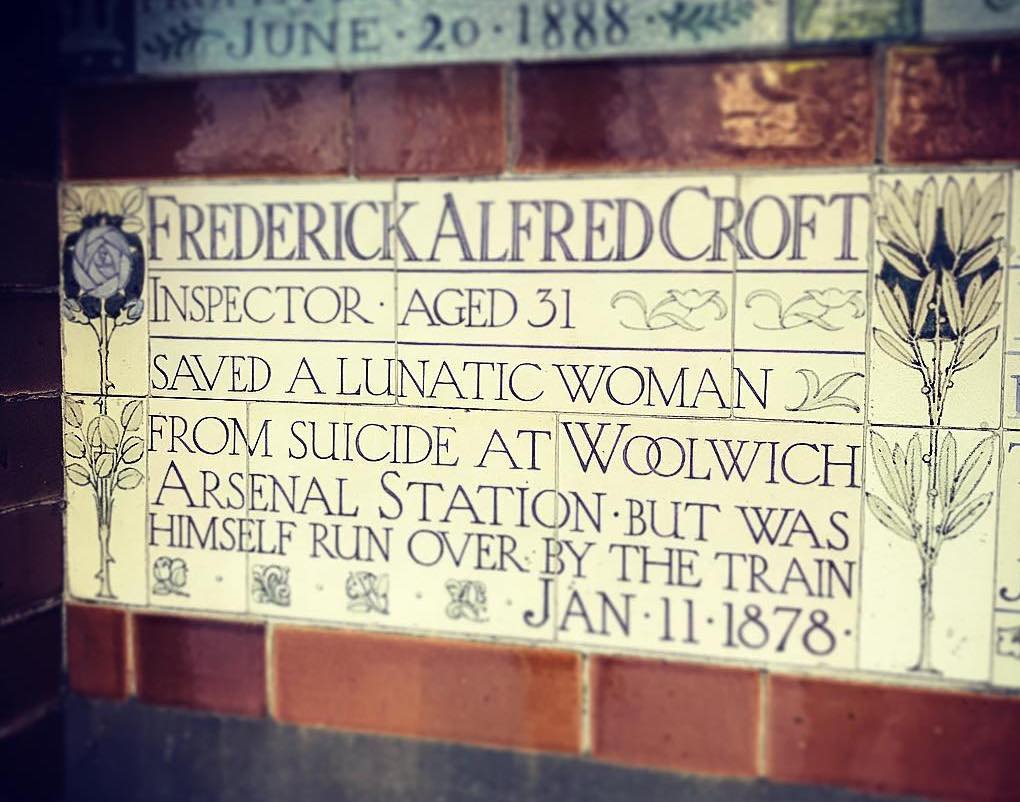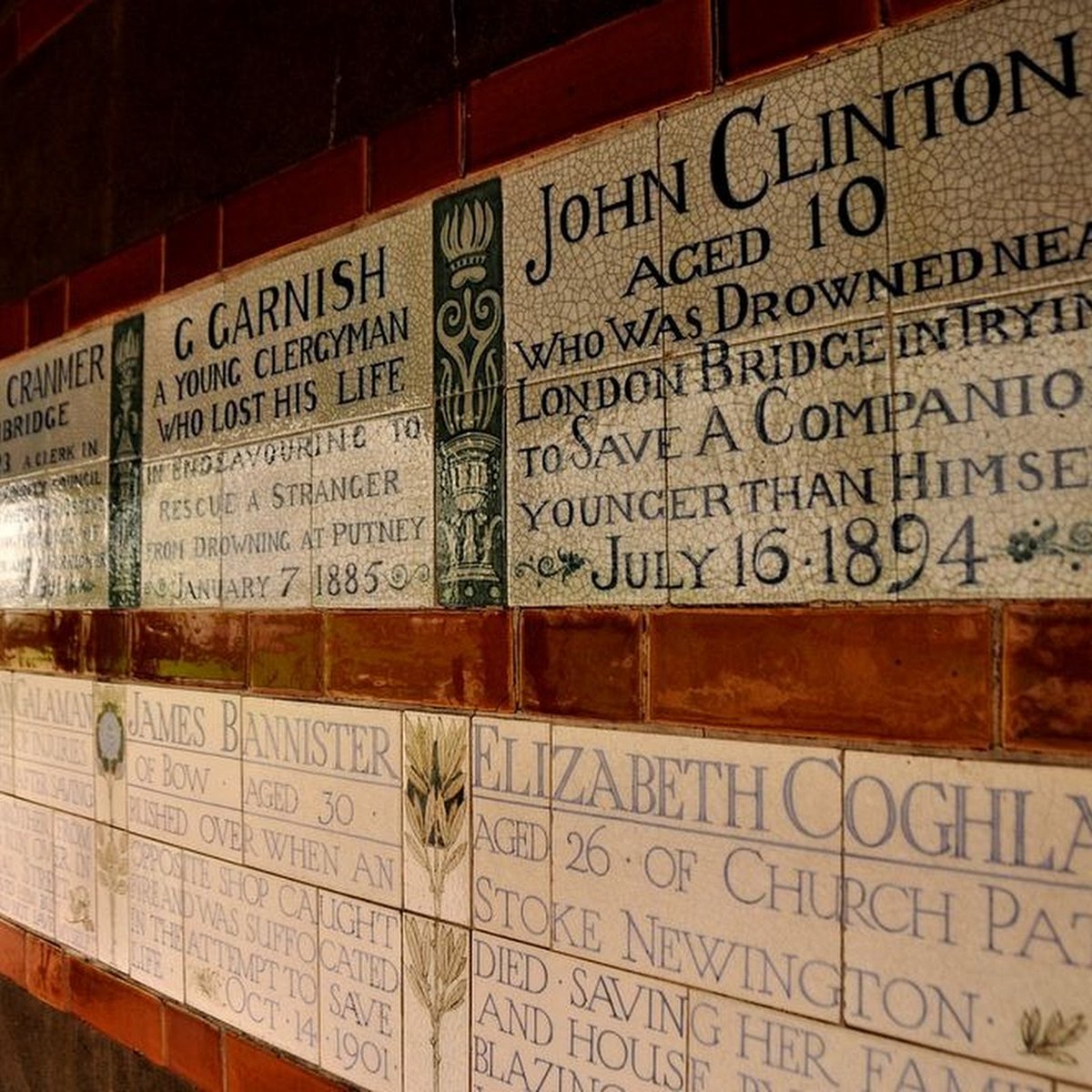(1/11) THREAD: THE SADDEST PLACE IN LONDON https://abs.twimg.com/emoji/v2/... draggable="false" alt="👇" title="Rückhand Zeigefinger nach unten" aria-label="Emoji: Rückhand Zeigefinger nach unten">In 1887, the artist George F. Watts proposed a tribute of a different sort for Queen Victoria’s Golden Jubilee. He believed art could act as a force for social change & suggested a monument celebrating "heroism in every-day life."
https://abs.twimg.com/emoji/v2/... draggable="false" alt="👇" title="Rückhand Zeigefinger nach unten" aria-label="Emoji: Rückhand Zeigefinger nach unten">In 1887, the artist George F. Watts proposed a tribute of a different sort for Queen Victoria’s Golden Jubilee. He believed art could act as a force for social change & suggested a monument celebrating "heroism in every-day life."
(2/11) Watts referred to Alice Ayres, a nursemaid who died in a fire after she saved the lives of her employer’s children by throwing a mattress out the window and dropping them to safety. She was then overcome by the fumes and stumbled out of the window to her death.
(3/11) Watts proposed that a marble wall inscribed with the names of everyday heroes be built in Hyde Park. Sadly, his suggestion could not garner enough support, leading him to quip that if he had proposed a race course instead, he would have had plenty of sympathizers.
(4/11) Then, in 1898, Henry Gamble—a longtime friend of Watts—acquired the land which would later be called Postman’s Park. Watts suggested that the memorial be built there. Although there was resistance, construction began a year later after the necessary funds were secured.
(5/11) On 30 July 1900, the 50 foot long wall with space for 120 ceramic plaques was unveiled to the public. Watts, who was then 83 years old, was too ill to attend the ceremony. He died 4 years later.
(6/11) Over the course of several decades, plaques were added to the wall, many of the names chosen from Watts’s collection of newspaper clippings he had accumulated over the years about "everyday heroes."
(7/11) In 1931, the 52nd plaque commemorating the life of Herbert Maconoghu—who died aged 13 while trying to rescue two drowning classmates—was placed. This would be the last name added to the wall in the 20th century.
(8/11) After Watts’s wife and lifetime advocate of the memorial died in 1938, the wall fell from fashion and it seemed that no names would ever be added to it again. Then in 2007, a man named Leigh Pitt died while rescuing a 9-year-old boy from drowning in a canal in Thamesmead.
(9/11) His colleagues and fiancée, Hema Shah, approached the Diocese of London to suggest Pitt be added to the wall. Despite opposition from the Watts Gallery to proposals that the memorial be completed, a new plaque commemorating Pitt’s heroic actions was added on 11 June 2009.
(10/11) Today, Postman’s Park attracts only a handful of visitors who are drawn, perhaps, to the strangeness of the Victorian deaths chronicled on Watts’s wall. After all, not many people are trampled under the hooves of runaway horses, or die in theatre fires these days.

 Read on Twitter
Read on Twitter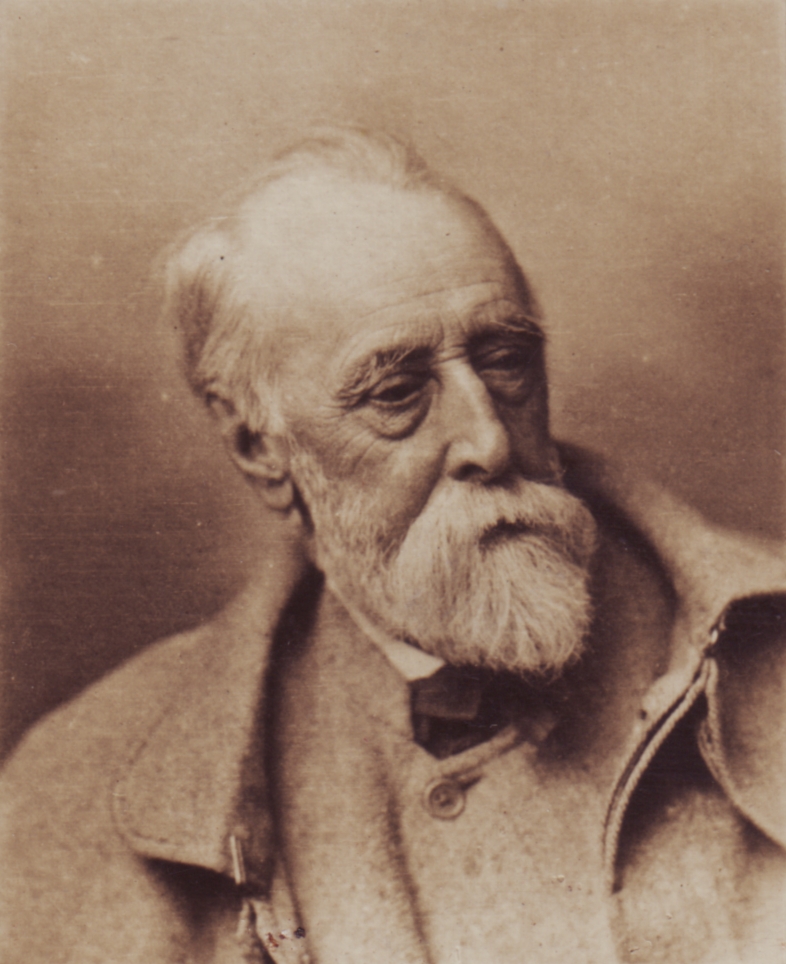 In 1887, the artist George F. Watts proposed a tribute of a different sort for Queen Victoria’s Golden Jubilee. He believed art could act as a force for social change & suggested a monument celebrating "heroism in every-day life."" title="(1/11) THREAD: THE SADDEST PLACE IN LONDONhttps://abs.twimg.com/emoji/v2/... draggable="false" alt="👇" title="Rückhand Zeigefinger nach unten" aria-label="Emoji: Rückhand Zeigefinger nach unten">In 1887, the artist George F. Watts proposed a tribute of a different sort for Queen Victoria’s Golden Jubilee. He believed art could act as a force for social change & suggested a monument celebrating "heroism in every-day life."" class="img-responsive" style="max-width:100%;"/>
In 1887, the artist George F. Watts proposed a tribute of a different sort for Queen Victoria’s Golden Jubilee. He believed art could act as a force for social change & suggested a monument celebrating "heroism in every-day life."" title="(1/11) THREAD: THE SADDEST PLACE IN LONDONhttps://abs.twimg.com/emoji/v2/... draggable="false" alt="👇" title="Rückhand Zeigefinger nach unten" aria-label="Emoji: Rückhand Zeigefinger nach unten">In 1887, the artist George F. Watts proposed a tribute of a different sort for Queen Victoria’s Golden Jubilee. He believed art could act as a force for social change & suggested a monument celebrating "heroism in every-day life."" class="img-responsive" style="max-width:100%;"/>
